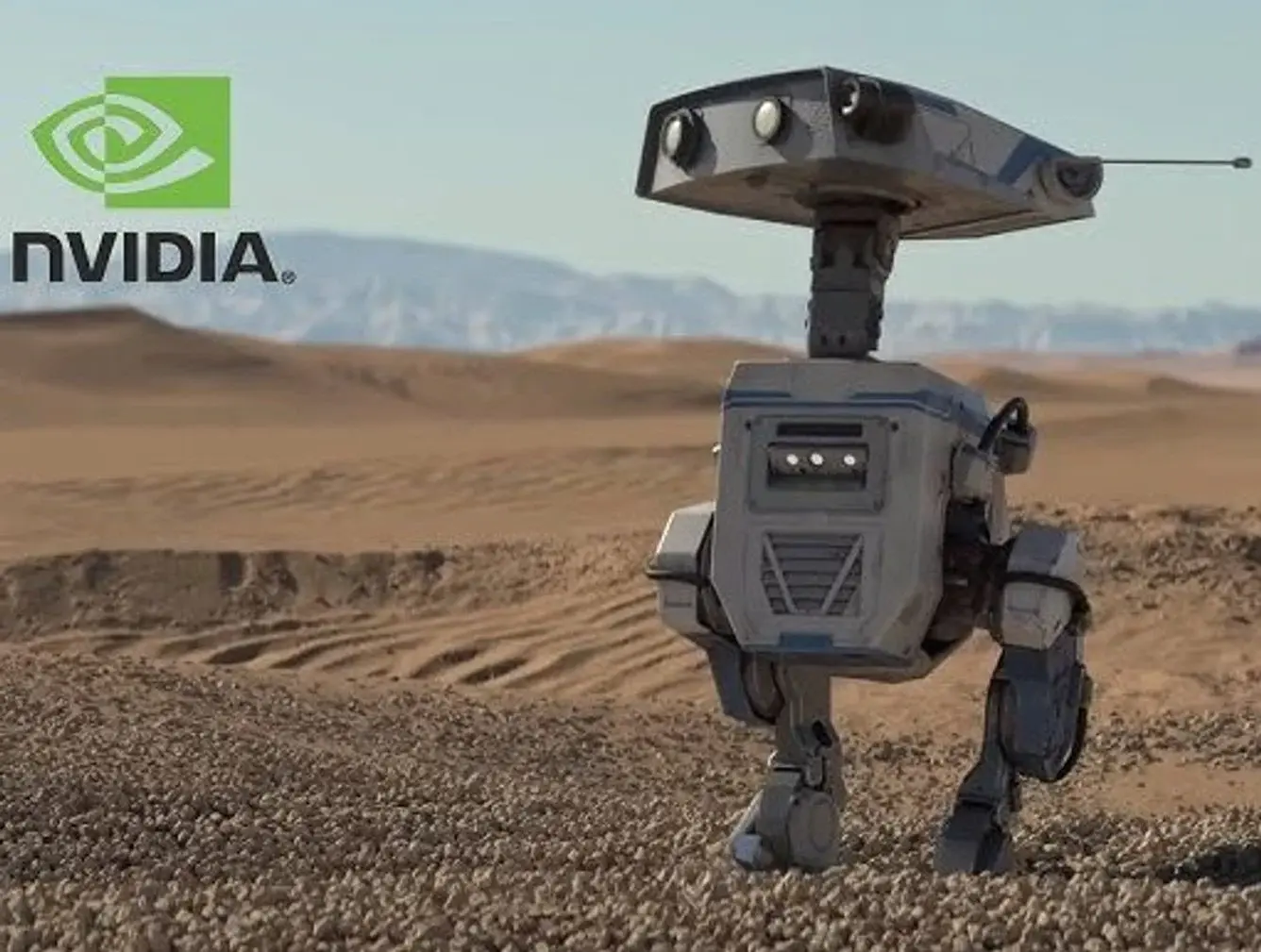
NVIDIA's GRoot Project: A Leap Forward in Embodied AI
NVIDIA's GRoot project represents a significant advancement in the field of embodied artificial intelligence, aiming to bridge the gap between complex AI models and real-world physical robots. By focusing on a unified, adaptable foundation model, GRoot promises to accelerate the development and deployment of robots capable of understanding and interacting with their environment in more nuanced and human-like ways.
The Foundation of Embodied Intelligence
At its core, GRoot is designed to be a foundational model for robotics, akin to large language models for text or diffusion models for image generation. This means it's trained on a massive dataset of diverse robot interactions and environmental data, allowing it to learn general principles of movement, perception, and task execution. The key innovation lies in its ability to generalize across different robotic hardware and tasks, reducing the need for extensive re-training for each new application.
- Unified Model Architecture: GRoot employs a novel architecture that can process various sensor inputs (vision, proprioception, etc.) and generate control signals for a wide range of robotic actuators.
- Generalization Capabilities: The model's training regimen focuses on developing a broad understanding of physical dynamics and object interactions, enabling it to adapt to unseen scenarios and tasks.
- Efficiency and Scalability: By providing a pre-trained foundation, GRoot aims to significantly reduce the time and computational resources required to develop new robotic behaviors.
Bridging the Simulation-to-Reality Gap
A critical challenge in robotics is transferring skills learned in simulation to the real world. GRoot tackles this by incorporating diverse real-world data into its training process, alongside simulated environments. This helps the model develop a more robust understanding of physical realities, including friction, inertia, and sensor noise, which are often difficult to perfectly replicate in simulation alone.
- Multi-Modal Data Integration: GRoot can effectively learn from and integrate data from various sources, including real robot demonstrations, human instructions, and simulated interactions.
- Improved Real-World Performance: The emphasis on real-world data allows GRoot-powered robots to perform more reliably and safely in unpredictable physical environments.
- Accelerated Learning Cycles: By bridging this gap, GRoot facilitates faster iteration and improvement of robot control policies.
Empowering Diverse Robotic Applications
The adaptability and generalized nature of GRoot open doors to a wide array of potential applications across various industries. From logistics and manufacturing to assistive robotics and exploration, GRoot's ability to understand and execute complex tasks in dynamic environments could revolutionize how robots are utilized.
- Flexible Task Execution: Robots powered by GRoot can be more readily programmed or instructed to perform a variety of tasks without requiring fundamental architectural changes.
- Human-Robot Collaboration: The enhanced understanding of context and intent allows for more intuitive and collaborative interactions between humans and robots.
- Future-Proofing Robotics: As a foundational model, GRoot provides a scalable platform for future advancements in AI and robotics, enabling continuous learning and improvement.
In conclusion, NVIDIA's GRoot project marks a pivotal step towards more capable and versatile robots. By developing a unified, adaptable foundational model trained on a rich tapestry of data, GRoot addresses key challenges in robotics, including generalization and the simulation-to-reality gap. This innovation promises to accelerate the creation of robots that can understand, interact with, and operate effectively in the complexities of the real world, paving the way for transformative applications across numerous sectors.